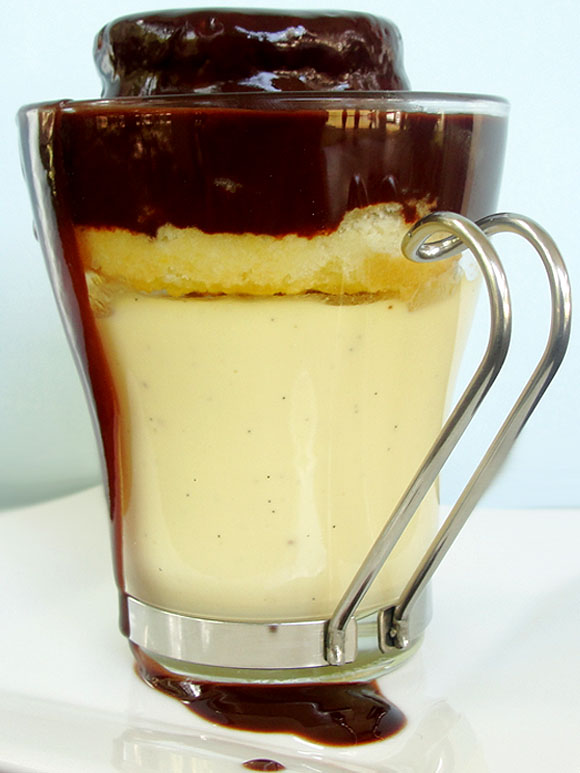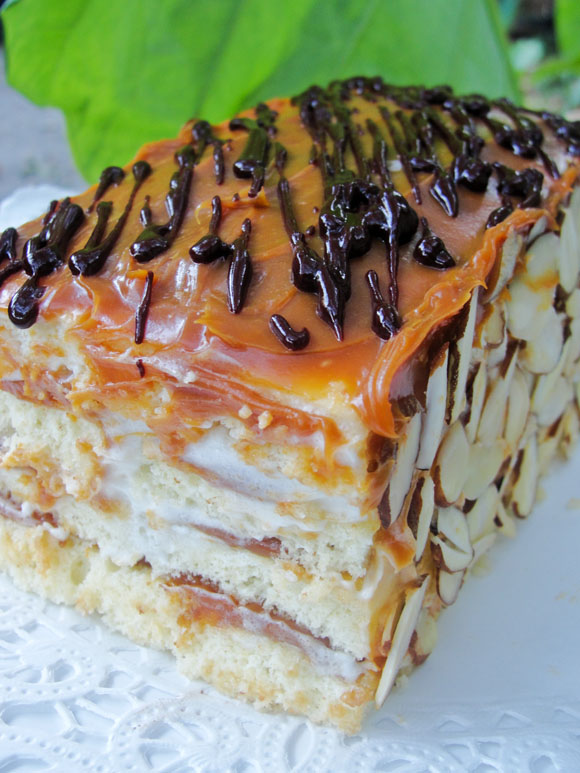HCB: The Bostini

Internet, after months and months, and plenty of baking from Rose’s Heavenly Cakes, and as my fellow baker, Mendy, dully noted on last week comments: “The Bostini has landed”.
This dessert has been patiently waiting in the wings for quite some time now. Even while some of the Heavenly Cake Bakers venture off the path and made it during the free choice week and gave the rest of us a small peak of what this dessert could be.
And what could it be?
Dear heaven above - THIS IS GOOD.
Ok, good is not a worthy word to describe this. Maybe excellent? Nah, not good enough… How about first-class? Nope, does not do it justice. Superior? Outstanding? Tremendous? Or maybe we can just call it simply brilliant.
Yep, that is it – BRILLIANT.
Because, this little cup has a whole lot to make it brilliant.


